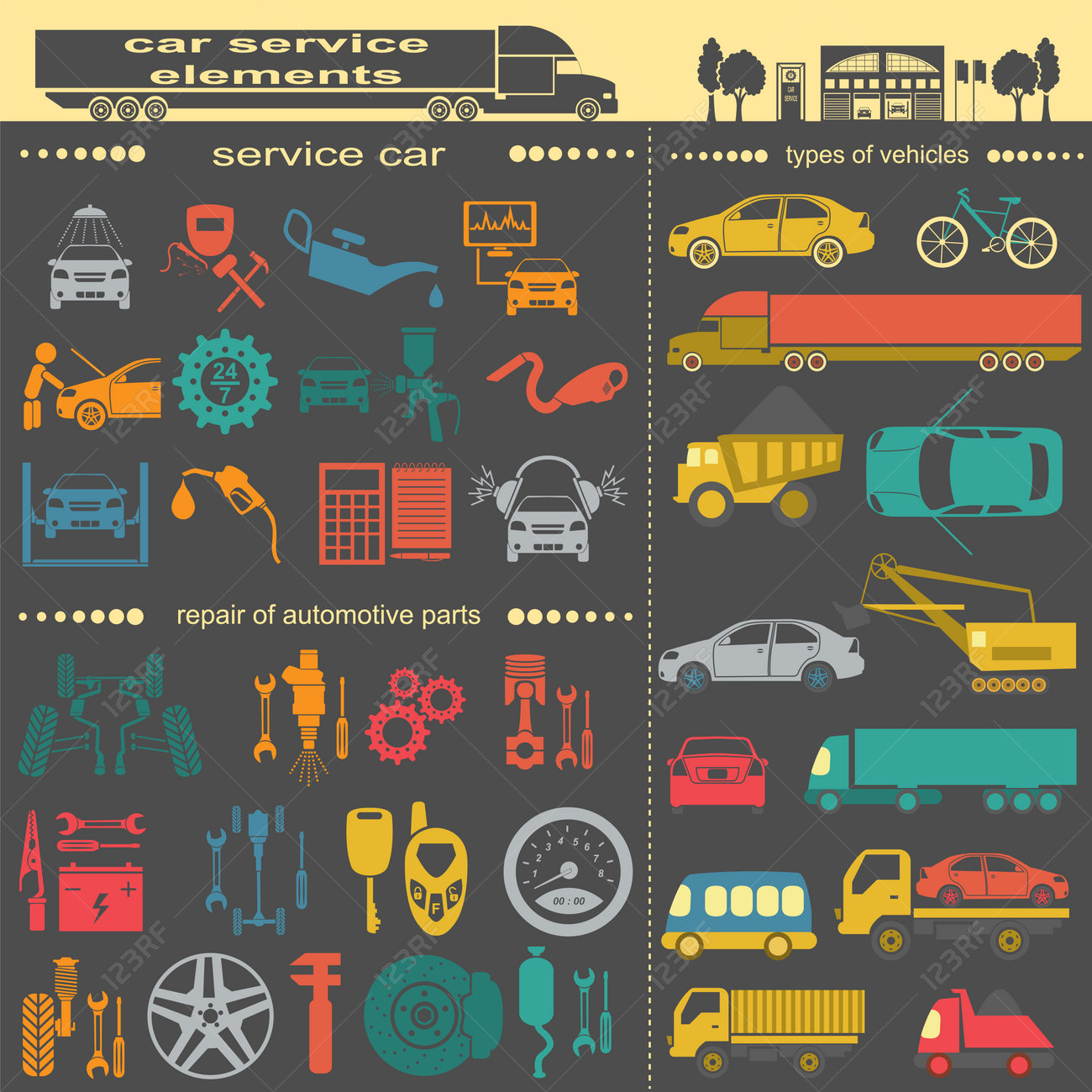A Comprehensive Guide To Brake Systems: Identifying Common Problems And Their Solutions
A Comprehensive Guide To Brake Systems: Identifying Common Problems And Their Solutions
Blog Article
Written By-Hinrichsen Dean
When it involves your automobile's brake system, understanding common problems can save you from potential safety threats. From determining brake pad wear to addressing brake fluid leakages, recognizing exactly how to take on these issues is essential. However what regarding those squishy brake pedals? There's a repair for that also. Remain tuned for more information regarding these concerns and the practical remedies that can keep you securely when traveling.
Brake Pad Put On and Substitute
When it pertains to maintaining your automobile's brake system, one important facet to watch on is the wear and replacement of brake pads. Brake pads are essential components that press against the brake blades to reduce or stop your car. In time, these pads wear down as a result of rubbing, requiring normal assessment and substitute to ensure your brakes work effectively.
To figure out if your brake pads require substitute, pay attention for shrieking or grinding sounds when you apply the brakes. Furthermore, if your car takes longer to quit or you notice vibrations or pulsations when stopping, it may be time to replace the brake pads.
Disregarding worn brake pads can result in decreased braking efficiency, damage to other brake components, or perhaps brake failing.
Replacing brake pads is a relatively straightforward process for numerous vehicles. Nonetheless, if you're unclear or uneasy performing this job, it's best to seek advice from a specialist technician to ensure correct setup and ideal brake performance.
Consistently checking and changing brake pads is vital for your security and the durability of your vehicle's stopping system.
Brake Fluid Leaks and Upkeep
To guarantee your automobile's brake system functions optimally, it is necessary to additionally take notice of brake liquid leaks and upkeep. Brake liquid is important for sending the force from your foot on the brake pedal to the real stopping device. One common issue with brake liquid is leakages, which can occur due to scrubby brake lines, seals, or links. If you notice a puddle or leaks under your auto, it's vital to deal with the leak quickly to avoid a prospective brake failure.
Consistently checking your brake fluid degree is essential to preserving your brake system. Low brake fluid can cause air going into the brake lines, which compromises stopping performance.
Furthermore, old or contaminated brake fluid can influence the total performance of your brakes. It's suggested to comply with the maker's standards on when to change the brake fluid, usually every 2 years.
Spongy Brake Pedal: Blood Loss Brakes
If you've ever experienced a squishy brake pedal while driving, you recognize the significance of keeping a firm and responsive braking system. One common root cause of a spongy brake pedal is air caught in the brake lines. When air goes into the brake system, it can cause a loss of hydraulic stress, leading to that upsetting spongy feeling when you press the brake pedal.
To resolve this concern, bleeding the brakes is essential. Hemorrhaging https://www.globenewswire.com/news-release/2022/07/06/2474806/0/en/Automotive-After-Market-Segmented-By-Vehicle-Type-By-Replacement-Part-And-Region-Global-Analysis-of-Market-Size-Share-Trends-For-2019-2020-And-Forecasts-To-2031.html includes removing the air from the brake lines to recover appropriate hydraulic pressure.
To bleed the brakes, you'll require a helper to help you. Beginning by situating the brake bleeder valve on each wheel, commonly located near the brake caliper. With a wrench, loosen the valve and have your helper press the brake pedal while you observe any air bubbles appearing. Repeat this process for each and every wheel, starting from the wheel farthest from the master cyndrical tube and relocating more detailed.
As soon as you no longer see air bubbles and only clear liquid emerges, tighten the shutoff and top up the brake fluid reservoir as required. Hemorrhaging the brakes aids ensure a company brake pedal and boosts overall braking efficiency.
Final thought
Since you comprehend usual brake issues and how to repair them, you can ensure your vehicle's security and performance. Remember to listen for warning signs like shrieking noises or mushy brake pedals, and resolve them quickly. Regular upkeep and prompt replacements are key to keeping your brakes in top problem. Remain subaru brake repair and attentive to your brake system to enjoy safe and trusted driving experiences.
